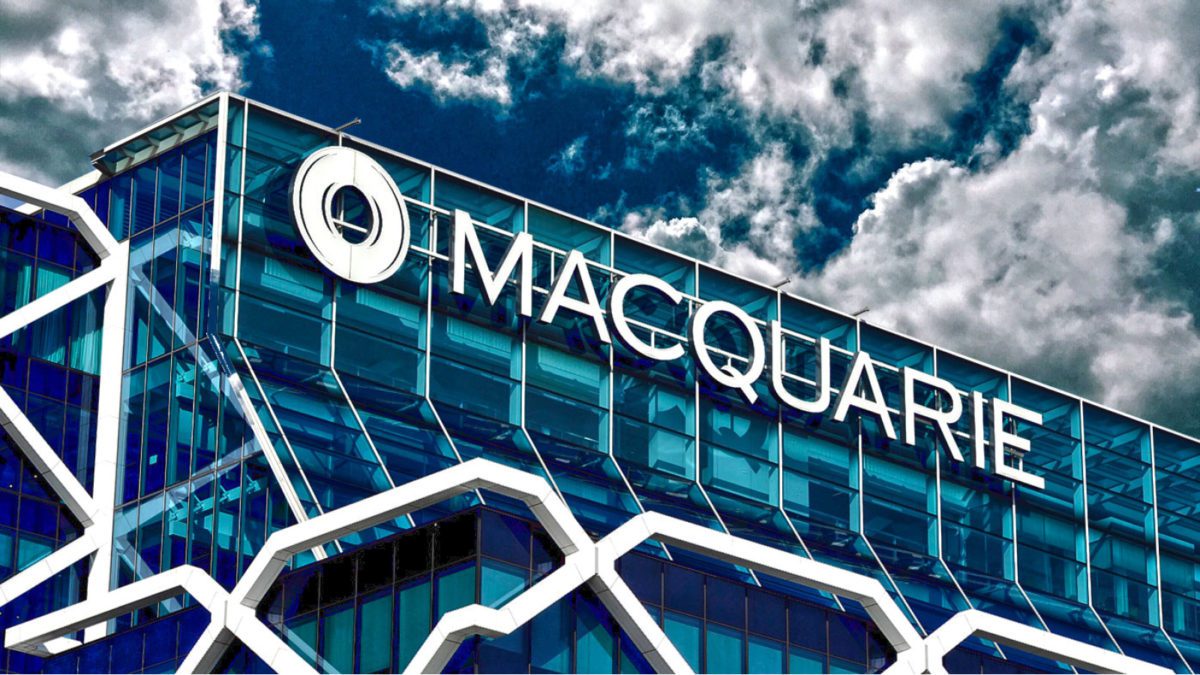The battle for supremacy in Aussie funds takes a turn
Macquarie Investment Management is now a bigger manager than AMP Capital – and the outlook for the respective stocks appears to reflect that ranking.
Macquarie Investment Management has taken AMP Capital’s crown as the largest Australian-owned manager of Australian assets, moving to $125.7 billion in assets in the year to September 2020, according to the quarterly Institutional Roundup published by research firm Rainmaker.
That enabled Macquarie to pass AMP Capital, which ended the period with $107.1 billion, down $40 billion.
The Australian-managed assets are only 22.5 per cent of Macquarie’s total assets under management (AUM), the second-largest proportion behind the Americas, which accounts for $277.2 billion, or 49.8 per cent of total AUM at September 20.
However, Macquarie’s December purchase of US firm Waddell & Reed’s $US68 billion ($84 billion) asset management business has likely pushed total AUM to about $650 billion, say the analysts at UBS.
Of that total assets of $555 billion under management, Macquarie Investment Management manages $350.9 billion, encompassing equities, fixed income, multi-asset, and specialty asset classes such as credit and liquid alternatives; while Macquarie Infrastructure and Real Assets (MIRA) manages the rest, amounting to $204 billion, as of September 2020. MIRA is a global asset manager specialising in infrastructure (76 per cent of the portfolio: Macquarie is the biggest infrastructure manager in the world), real estate (13 per cent), renewable energy assets (10 per cent) and farmland (1 per cent).
AMP Capital has $189.2 billion in total AUM.
For Macquarie, the asset management business is the group’s most-profitable and fastest-growing division, and a major reason why group earnings are much more stable these days – the “annuity-style” businesses such as investment management and financial services contributed about 70 per cent of first-half profit, when earnings from the “market-facing” investment-banking operations (such as trading and M&A advisory) fell 42 per cent.
Macquarie Capital, which includes returns on the group’s own investments plus advisory and underwriting income, contributed 68 per cent of the group’s profits in 2008, but that contribution is now just 15 per cent. While Macquarie still makes investments, it takes much smaller stakes these days.
AMP Capital is the biggest source of AMP’s operating profit, generating just over 36 per cent of operating earnings in 2019.
Morningstar says the size and scale of Macquarie’s asset management operations – including investment professionals and distribution staff, the strength of its brands, diversity of its AUM by asset class, and geographic reach – give it strong competitive advantages. However, the research firm thinks these competitive advantages are strongest within MIRA, the world’s largest infrastructure asset manager.
Longer-term, says Morningstar, Macquarie is well-placed to leverage the surge in demand for global infrastructure, as it is a world leader in sourcing, investing in and/or managing major critical infrastructure and real assets. The heavy exposure that Macquarie offers to renewable energy assets is also a core competitive advantage.
Likewise, Morningstar expects AMP Capital to be the group’s core earnings generator – and constitute a higher proportion of group earnings in future – as it diversifies its client base, broadens its offerings and further expands geographically. “We expect it to leverage the surge in demand for global real assets in a low-rate environment, and grow through increased geographic spread and additional investors,” Morningstar says.
But what do these attributes mean for the respective headstocks?
AMP has been a notorious dud investment on the ASX for 20 years – and things haven’t improved much. Investors briefly got excited in November, when US private equity and credit investment group Ares Management market revealed a $6.4 billion bid for the ailing wealth giant, a conditional and non-binding $1.85 per share offer. AMP shares surged from $1.28 to $1.77 on that news, but the share price has subsequently retreated to $1.57 as the market has lost faith in Ares actually stumping-up a bid. AMP and its corporate advisers haven’t been able to flush-out another bid.
Shortly after the Ares bid lobbed, UBS postulated a possible value of $2.45 a share for AMP – but that was based on the company being broken-up, and was the high end of a range that had a lower bound of $1.45. UBS calculated that AMP’s most profitable division – AMP Capital – could be worth as much as $1.31 per share, with the Australian wealth management division possibly worth 74 cents a share, AMP Bank at 37 cents a share, and the New Zealand wealth management arm 12 cents.
But the market is taking the stock’s value the other way.
AMP will report 2020 earnings on 11 February – it uses the calendar year as the financial year – and investors know result will be affected by volatile investment markets, continuing outflows and the business reset caused by the AMP transformation program.
From a loss of 79.5 cents a share in 2019 – which saw a $2.5 billion net loss – analysts polled by FN Arena expect AMP to earn 9.4 cents a share in 2020, and return to dividends with a 10.3-cent payout, after zippo in 2019.
At the moment, the analysts’ consensus valuation (seven analysts) of AMP collated by FN Arena stands at $1.575 – no joy there. (UBS is the most positive, at $1.80, but Macquarie sees the stock at $1.25). Over at Stock Doctor, the analysts’ consensus (also seven analysts) values AMP at $1.59.
Macquarie Group, at a share price $139.23, doesn’t look much more attractive. FN Arena’s analysts’ consensus (six analysts) valuation is $137.83 – bookended by Morgan Stanley on $148 and Credit Suisse on $128 – while Stock Doctor’s arrives at $147.96.
Macquarie will soon finish its financial year – it ends on March 31 – and FN Arena’s analysts’ consensus expects EPS of $6.16 a share, down 22 per cent on FY20, with a full-year dividend of $3.808, down 11.4 per cent, and 40 per cent franked. That gives a yield of 2.7 per cent, or 3.2 per cent grossed-up.
Stock Doctor’s consensus predicts EPS of $5.86 and a dividend of $3.60, for a yield of 2.6 per cent, or 3 per cent grossed-up.
Neither stock appears to offer screaming value in total-return terms, and neither is a buy – but there’s a bit more certainty around Macquarie increasing in value, in time, than there is around AMP doing so.
As the largest manager of infrastructure assets globally, Macquarie seems well-positioned to take advantage of a long pipeline of infrastructure projects across transport and renewable energy expected over the medium-term.









